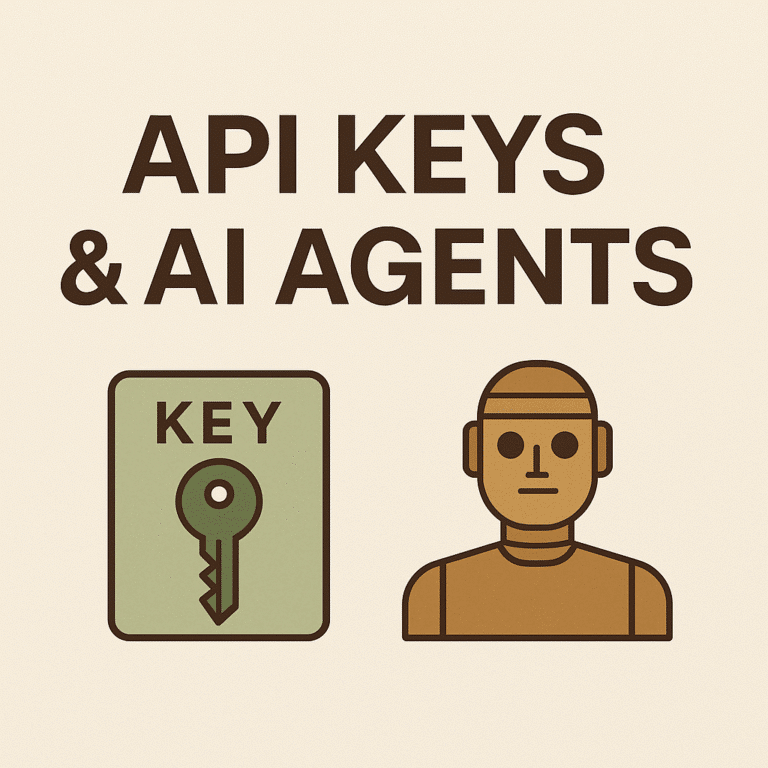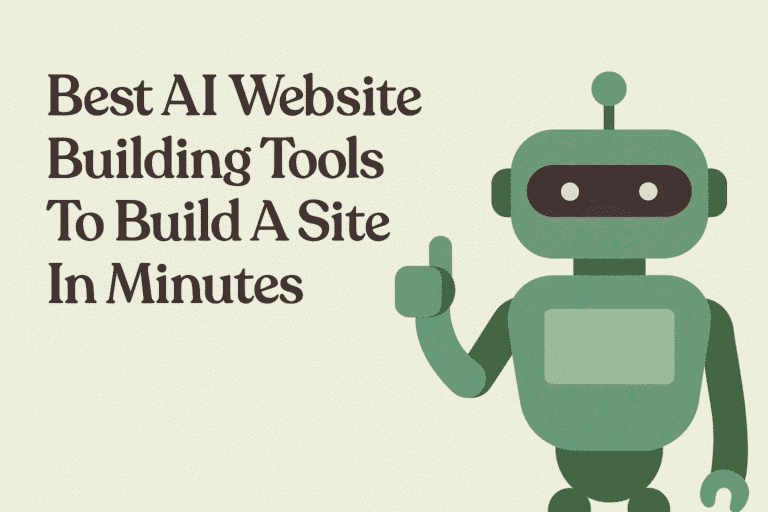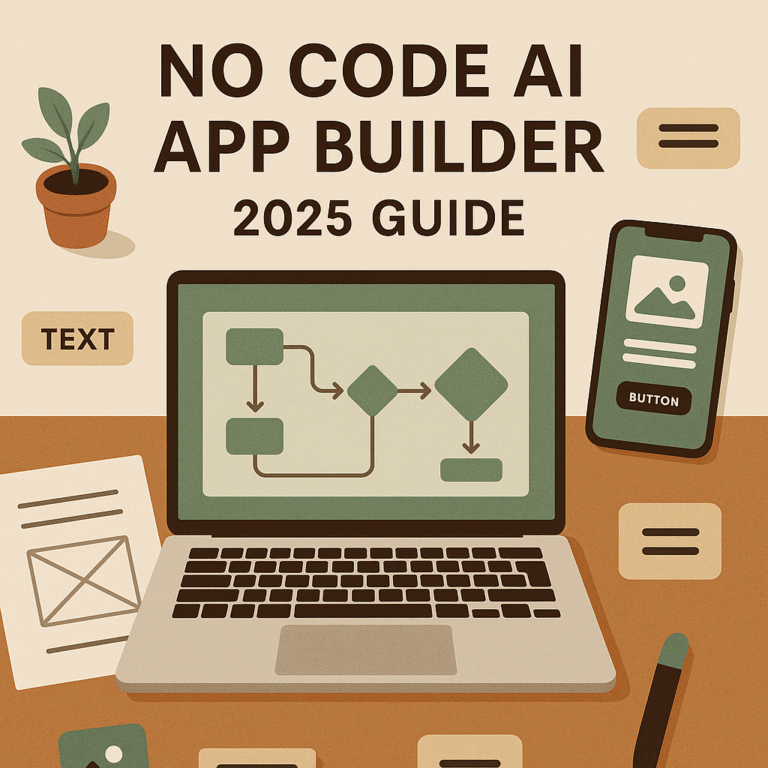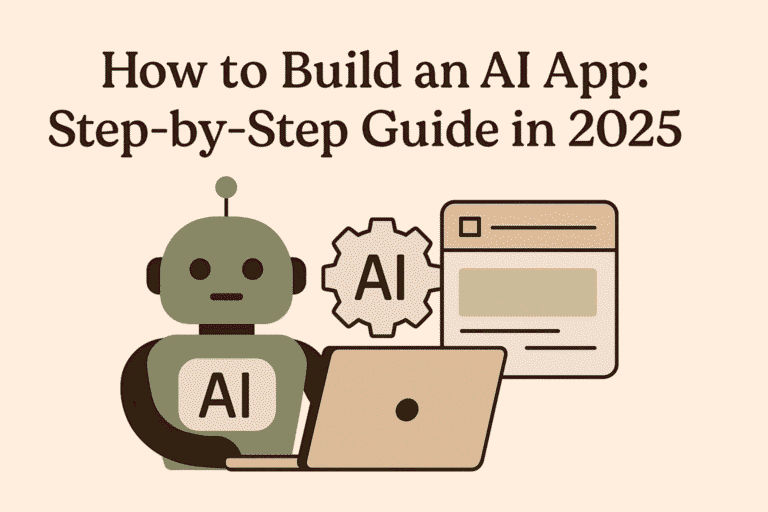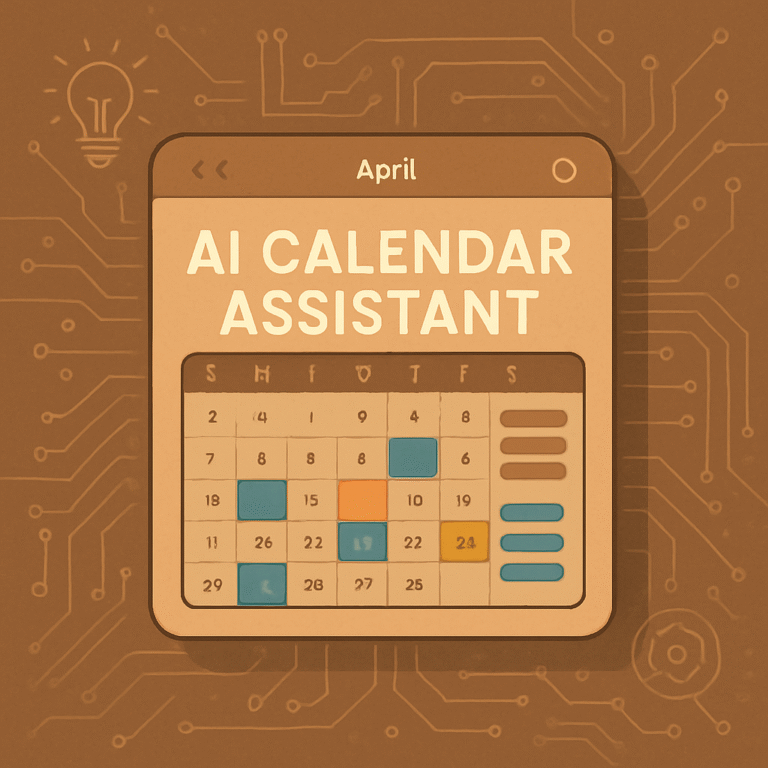Why Agentic Systems Matter
In the rapidly evolving world of artificial intelligence, agentic systems have emerged as a powerful paradigm for building intelligent technologies that can operate with a high degree of autonomy.
As AI models grow more capable, organizations must rethink how they design systems that can learn, adapt, and make decisions — not just follow static instructions. This shift is redefining the future of AI.
At the recent AI Engineer Summit 2025 in New York, Barry Zhang from Anthropic’s Applied AI team shared invaluable insights on how to develop effective agent-based systems. Drawing from his experience at Anthropic and Meta’s Monetization genAI team, Barry outlined a practical roadmap to unlock the full potential of AI agents.
Key Lessons from Barry Zhang at AI Engineer Summit 2025
Barry’s presentation revolved around three critical lessons for building smarter, simpler, and more successful agentic systems:
- When to Build Agents — and When Not To
- How to Keep Agents Simple for Better Results
- Why You Must Think Like Your Agent
Each concept is crucial for navigating the challenges and maximizing the opportunities of agent-based system development.
1. When to Build Agents — And When Not To
Why You Shouldn’t Build Agents for Everything
Barry warned that agents are not a one-size-fits-all solution. Organizations should carefully assess whether the task at hand truly requires an autonomous system.
Key Criteria for Deciding to Build an Agent:
- Complexity of the Task:
Agents thrive in ambiguous problem spaces where decision-making isn’t easily mapped. - Value of the Task:
High-value tasks justify the investment needed for exploration and development. - Critical Capabilities:
Ensure no major bottlenecks exist that could multiply cost or latency. - Cost of Errors:
High-stakes errors are dangerous; trust in the agent’s decision-making must be earned.
Examples Barry Shared:
✅ Good Fit:
Coding agents — complex tasks, verifiable outputs through unit tests and CI/CD pipelines.
❌ Poor Fit:
Low-cost, high-volume customer support — where simpler workflow automation is more cost-effective.
2. Keep It Simple: Start with Core Components
The Three Core Elements of Agent-Based Systems
Barry emphasized the power of starting with simplicity.
Rather than overengineering upfront, focus on three essential components:
- Environment:
The system where the agent operates (e.g., a digital workspace or simulated interface). - Tools:
Interfaces and APIs the agent can use to take action and receive feedback.
(Barry highlighted the Model Context Protocol — MCP — for defining tools clearly.) - System Prompt:
Sets the goals, constraints, and the ideal behavior expected from the agent.
Best Practices for Building Agents:
- Focus initially on iterating quickly using these basics.
- Avoid introducing extra complexity until you prove core functionality.
- Gradually layer in optimizations over time.
Barry showed how use cases like coding agents, computer use agents, and search agents all share this same foundational structure.
3. Think Like Your Agent: A New Perspective
Understanding the Agent’s Limited Context
A major mistake developers make is designing agents from their own (human) perspective.
Barry stressed the need to think like your agent.
Imagine you are a computer-use agent:
- You only see static screenshots.
- You have vague, poorly written instructions.
- You operate without complete situational awareness.
In that context, small missing details like screen resolution or recommended actions matter enormously.
Strategies to Gain the Agent’s Perspective:
- Simulate the agent’s limited environment during testing.
- Use language models to ask questions from the agent’s point of view.
- Focus on gaps in tool descriptions and decision-making logic.
This mindset becomes even more critical as systems move toward multi-agent collaboration — where different agents must coordinate asynchronously.
4. The Future of Agentic Systems: Barry’s Predictions
Looking ahead, Barry shared three major trends that will define the next era of agent-based AI systems:
Budget-Aware Agents
Unlike traditional software workflows, agents can have unpredictable resource consumption.
To deploy agents at scale, organizations must:
- Define hard budgets for time, tokens, and money.
- Monitor and enforce those budgets dynamically during operation.
Self-Evolving Tools
Future agents won’t just use tools — they’ll design better tools for themselves.
Barry described “meta-tools” where agents improve the ergonomics and functionality of their interfaces over time, boosting general adaptability across use cases.
Multi-Agent Collaboration
By late 2025, expect to see widespread deployment of multi-agent systems.
These agents will:
- Collaborate across tasks.
- Communicate asynchronously beyond typical request-response models.
- Handle larger, more complex workflows with clear separation of concerns.
Conclusion: Embracing the Power of Agent-Based Systems
The future of AI development lies in embracing intelligent, autonomous, and collaborative agents.
By:
- Carefully assessing when to build agents,
- Starting with simple, high-ROI architectures,
- And deeply empathizing with the agent’s limited context,
organizations can unlock new levels of efficiency, adaptability, and innovation.
Barry’s roadmap gives developers, engineers, and organizations a powerful blueprint for succeeding in the era of agentic systems.
For those eager to dive deeper:
- Attend the upcoming AI Engineer World’s Fair in San Francisco to learn more about the Model Context Protocol.
- Follow Barry and Anthropic’s teams on social media for real-time updates and new research.
The future isn’t just coming — it’s being built right now.
FAQs About Agentic Systems
1. What is an agentic system in AI?
An intelligent system designed to make autonomous decisions based on environmental feedback, tools, and defined goals.
2. Why is thinking like an agent important?
It ensures developers design interfaces and workflows suited to the agent’s real limitations, improving effectiveness.
3. How do self-evolving tools benefit agent systems?
They allow agents to adapt and optimize their toolsets without human intervention, creating more resilient systems.
4. What industries can benefit most from agent-based systems?
Finance, healthcare, software development, logistics, customer service, and many others that handle complex decision-making.
5. How will agent collaboration change AI development?
Agents will work together asynchronously, allowing for faster, more scalable solutions that parallelize tasks naturally.

